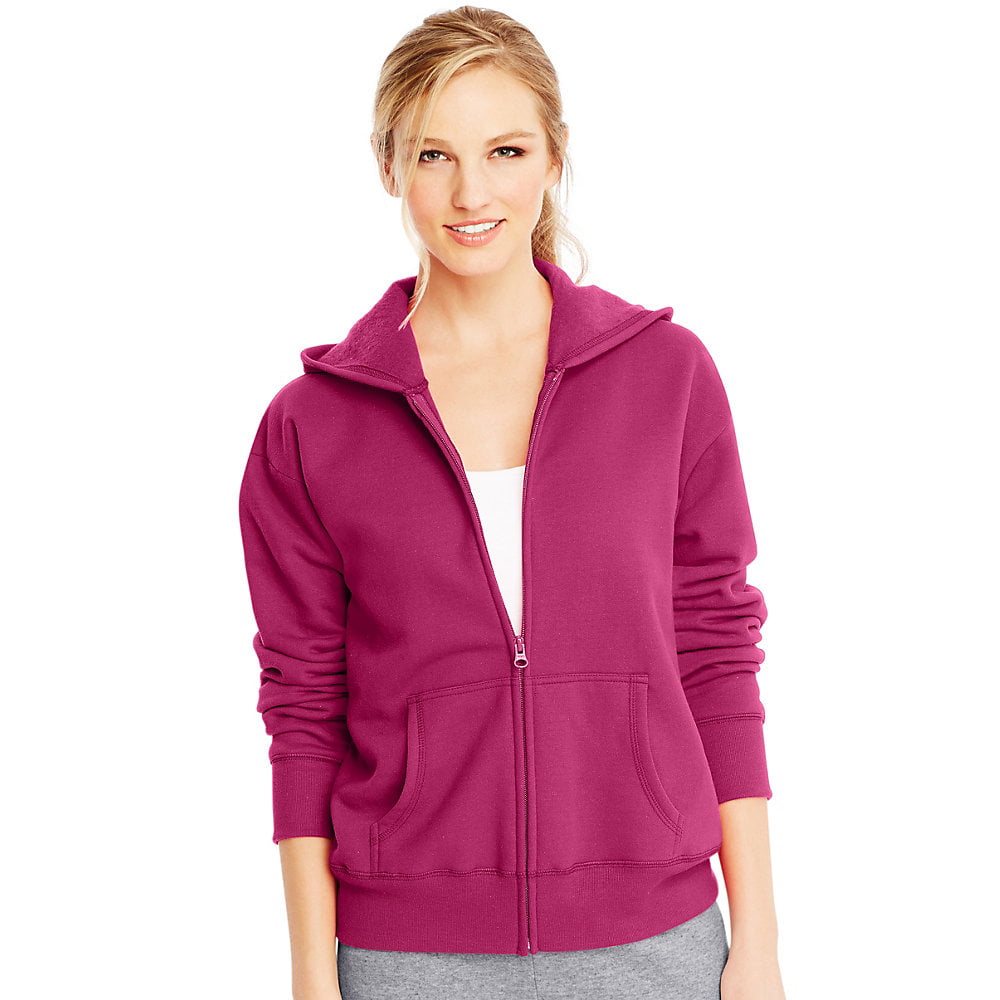Things to Consider When Selecting the Right Sweatshirt

Sweatshirts are long-sleeved pullover garments constructed from thick cotton fabric. They are usually worn as casual clothing, and are not so formal as sweaters and cardigans. They do not usually have the or hood. If you're thinking of buying a sweatshirt here are some suggestions:
Norma Kamali sparked the appeal of sweatshirts

Since the end of the 70s In the late '70s, Norma Kamali has been transforming the simple sweatshirt into an art form. Her designs have become a staple in almost every woman's closet. Her distinctive styles vary from a tummy-tucking crew neck , to leather paneled sweatshirt s. She has also created clothing with unusual designs, like an oversized tank top that has long trumpet skirt.
The collaboration between the designer and the sweatshirt maker Everlast gave rise to her Timeless line, which became a huge hit when it appeared in Spiegel's spring 2006 catalog. The collection featured knits that could be interchangeable or convertible with classic designs and a lot of items were priced below $20. Even the Norma Kamali's Timeless collection wasn't sold in stores, buyers were able to find the pieces through eBay or Poshmark.
Merino wool sweatshirts provide more comfort than sweatshirts made of soft wool.
sweat shirts is renowned for its moisture-wicking capabilities, which helps to keep you dry and comfortable. It is a natural fiber that also offers a more comfortable feel. The fabric is also quick to dry compared to other natural substances. Furthermore, merino is a sustainable resource. Merino sheep shed their coats every year and regrow new coats.
The weight-to-heat ratio of merino wool is what makes it a popular choice for sweatshirts. It assists in regulating the body's temperature because of its loft that naturally holds heat in the fibers. This is why Merino wool sweaters are perfect for summer and outdoor activities like hiking, mountain biking and running. sweater shirts provide helps keep the wearer well-hydrated and cool, something that is crucial when exercising.
Zip-front hoodies have kangaroo pocket
Kangaroo pocket Hoodies are a well-loved style of hoodies. These hoodies have a large pocket in the front, which helps keep your hands warm on cold days. They are additionally more practical than conventional pockets because they permit the hands to slide in and out with ease.
The pockets of Kangaroos are typically big enough to hold a wallet or some other small personal items. They're typically big enough to hold one hand in a smaller size or even sufficient to hold two hands. They have wide openings on both sides and can be used to carry small items.
French Terry fabric is a very popular material for sweatshirts
The French Terry fabric is composed of soft yarns knitted into loops and are usually midweight. It is also known for its ability to wick moisture and is already pre-shrunk. French terry is a great option for sweatshirts since it is warm when you need it and helps keep you cool when you're trying to cool down.

French Terry is also a popular choice for loungewear, since it is stretchy and has enough flexibleness to feel great on your skin. It also allows air to circulate throughout the fabric, which makes it perfect for layering under other clothes. Furthermore, since it is lighter than other sweatshirts that you can wear all year round without feeling too either cold or hot.
Hoodies can be classist.
While it may seem that hoodies are simply clothes that are appropriate for those who are working class, the reality is that they carry classist connotations. Hoodies were first used in the early 70s New York, where graffiti artists would wear them to conceal their identities. In 1976 the hoodies made their big movie debut with "Rocky," when the character from the working class wore grey sweats with hoods during his memorable climb to the top of the steps of the Philadelphia Museum of Art.
Hoodies are usually linked to death, destruction and other unpleasant items, yet they also serve practical purposes. For instance, priests and monks can wear hoods to demonstrate respect and a sense of self-control.
